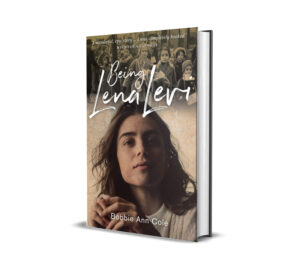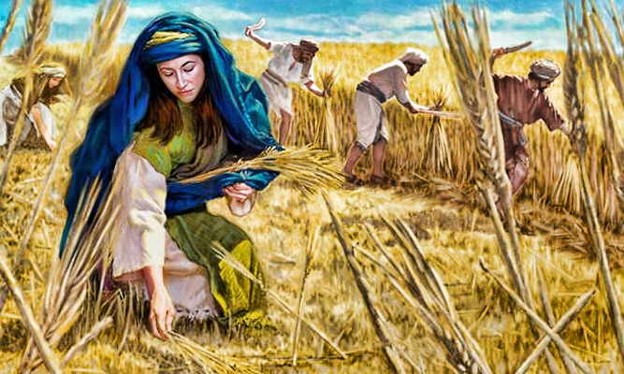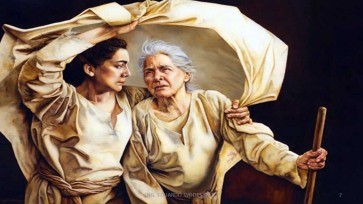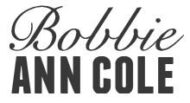Bible stories can provide inspiration for both faith and secular stories. My own novel Being Lena Levi, in which faith is an element rather than the central theme, is inspired by the story in 1 Kings 3 where Solomon judges between two mothers claiming the same baby. I wound up creating a 1950 story world in post-WW2 Canterbury and on a kibbutz in Israel.

Solomon’s story left me with questions like:
- what if the baby grew up and didn’t know they were with the wrong mother?
- what if the wrong mother were actually the right (more suitable) mother?
Creating my 1950 story world involved me in quite a lot of research.
One thing you can be sure of is if you slip up in any aspect of the story world you paint for your reader, someone will notice and tell you! That person’s reader experience will sadly have been spoiled by your mistake.
An Example of Story World Creation: the Book of Ruth

If you are unfamiliar with this book, please take a read. It is a short, four chapters.
Setting: General Considerations
Let’s take the General Story World. There are two main locations:
- Moab in late winter/early spring – following the latter rains.
- Bethlehem at the time of the grain harvest.
How is the weather in your story? Clear, blue sky? How hot is it? (This is easy to Google).
Your Base Scenes
In addition to the core scenes below, you may wish to add others that do not directly appear in the Book of Ruth, for instance, the death of Ruth’s husband…:
- On the road, Moab to Bethlehem. Think about:
- Clothing / footwear / carrying?
- Mountains / gullies / wadis / flash floods and roaring torrents in this season
- Did they cross the Jordan, perhaps where Joshua did? It would have been in spate.
- Or the Dead Sea – apparently there used to be a ferry across? But then you face a wall of mountains.
- Arrival in Bethlehem. What is visible as they approach?
- Stepped terraces growing grain, vines of baby grapes for wine, produce.
- A walled town of modest proportions
- Outlying ‘daughters’ i.e. farming villages
- At home in Bethlehem
- Surely just a one-room house of modest proportions + storage area
- A flat roof
- A dirt courtyard for cooking
- A tree for shade and fruit
- In the field of Boaz picking barley. A lean-to tabernacle on the edge where there is water for the workers. There are also shady trees here and there to sit under and eat at midday.
- At the threshing floor – a high, windy place where wheat and chaff are separated, and harvests are stored. A campfire nearby, around which Boaz and friends sit, singing and drinking.
- At the Gates – stone bench built into the perimeter wall on the inside where elders sit, and cases are judged. Space enough for the whole town to gather to listen and watch. Possibly, a double surrounding wall with this area between two gates.
- At Boaz’s home – possibly take inspiration from the wealthy Rahab – a prestigious home in the city wall, airy and spacious, with a shady outdoor area.

Significance of the Story to the Reader
Then:
- Descendance provided by God who blesses this family, even though its main male and his sons are dead.
- Descendance provided through Ruth, a strong and loyal woman of deep faith, to the great King David
Now:
- Descendance provided through a strong and loyal woman of deep faith to Christ
- Parallels between Boaz and Christ as Redeemer
- How God helps His loyal servant: Ruth ‘happens’ to find herself in the field of Boaz and that changes everything
- Naomi transformed from hopeless to hopeful by the foreign daughter-in-law she thought she should be ashamed of.
- More? Please write your ideas in ‘Comments’
I hope the above has given you much food for thought.
It will help you work out your main point and create your setting.


I see myself and my story in the book of Ruth.
She was a Moabitess- a gentile – with a heart for her Jewish mother in law.
I too am a gentile and ,long before I came to know Jesus as my Saviour and Redeemer ,I have had a heart for the Jews.
Naomi and her husband had left God’s people and gone to live in a land where other gods were worshipped. Like Ruth I have lived in a land of many gods until I encountered Jesus.
Ruth saw the One true God through Naomi. The God of the Jews and the Gentiles.
My story could come from v16’But Ruth replied, “Don’t urge me to leave you or to turn back from you.Where you go I will go, and where you stay I will stay. Your people will be my people and your God my God”.
Your words here are beautiful, Alison, for Ruth represents loyalty and integrity and self-sacrifice. It wasn’t easy for her to leave her people, land and faith, but, as Boaz says, “All the people of my town know that you are a woman of noble character,” (3:11). She is an eshet chayil – a woman of valour, in the same way as the woman of Prov. 31.